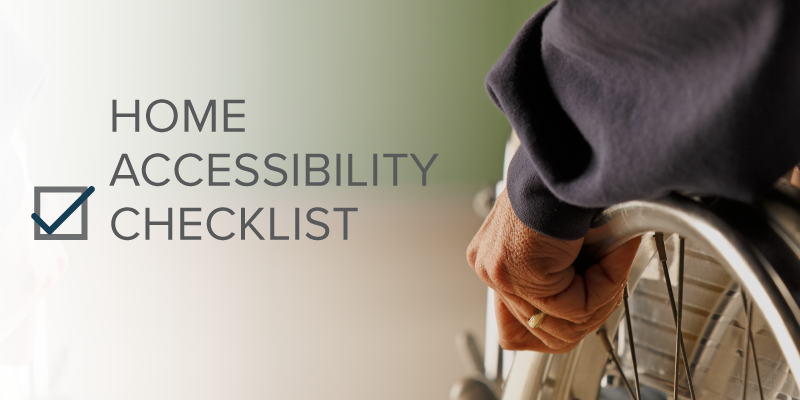Flu season is in full swing, and if you’re unfortunate enough to have caught the bug, chances are your friends and family are plying you with advice on how to combat it. However, there’s no shortage of myths and misunderstandings when it comes to influenza. Brevard Medical would like to address some of the more common ones:
- You can get the flu from the flu shot.
It takes one to two weeks for the flu vaccine to work, so if you’re infected before you receive the vaccine or are infected shortly after receiving it, you will become sick. Because of this, many people associate the shot with getting sick.
- Once you get the flu shot, you’re 100% protected.
While the flu shot is effective in preventing the flu, you still need to take additional precautions, such as washing your hands frequently and taking anti-viral medication if you were exposed to the virus before you received the shot.
- Going outside on a cold day with wet hair will give you the flu.
Influenza is caused by a virus, so the only way you can catch it is to become exposed to the virus—and wet hair on a cold day does not increase your chances of exposure.
- Feed a cold, starve a fever.
Actually, when you’re fighting the flu you need to increase your liquid intake. To decrease how much you eat will cut back on your hydration levels, so starving yourself is counter-intuitive.
- Chicken soup can help you recover.
While chicken soup soothes sore throats and provide the liquids you need to combat the flu, it doesn’t have any true curative properties.
At Brevard Medical, we’re all about helping you stay in the best health possible. We know how much havoc the flu can wreck on those with respiratory issues. If you need a refill on oxygen or need to replace some of the parts on your oxygen concentrators, don’t hesitate to reach out to us. We offer respiratory services, and carry a wide variety of oxygen concentrators and oxygen concentrator parts in our online catalog.





Recent Comments